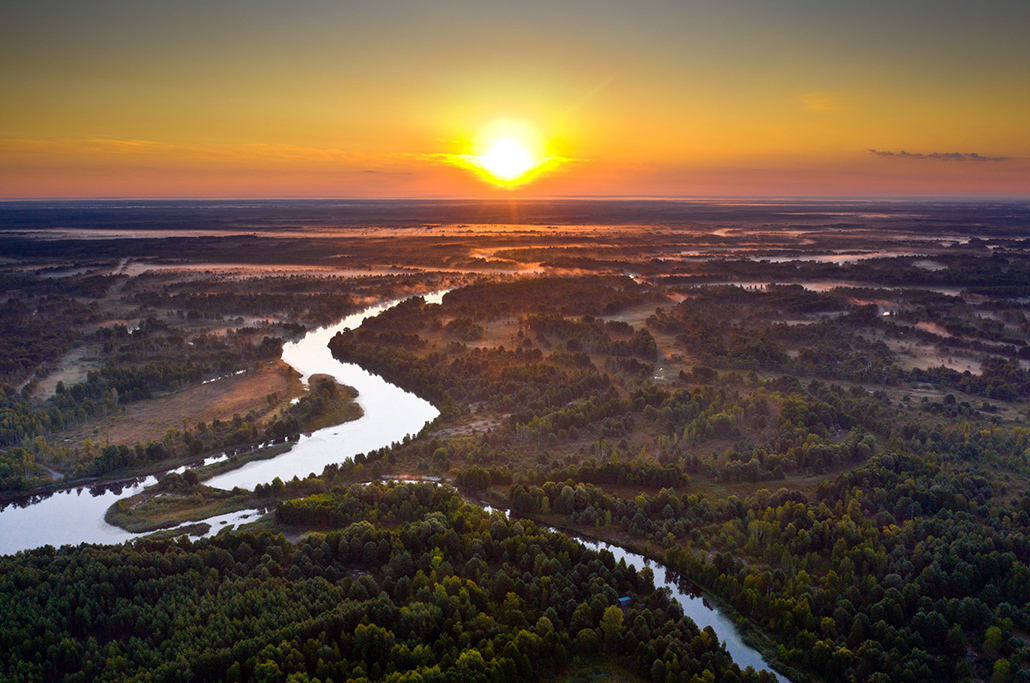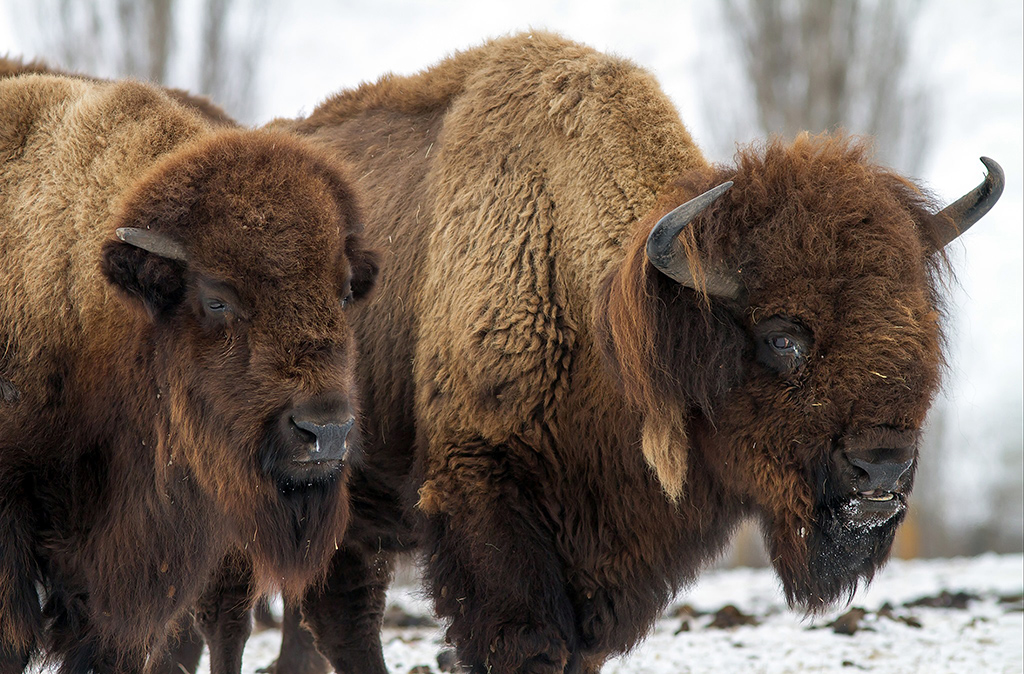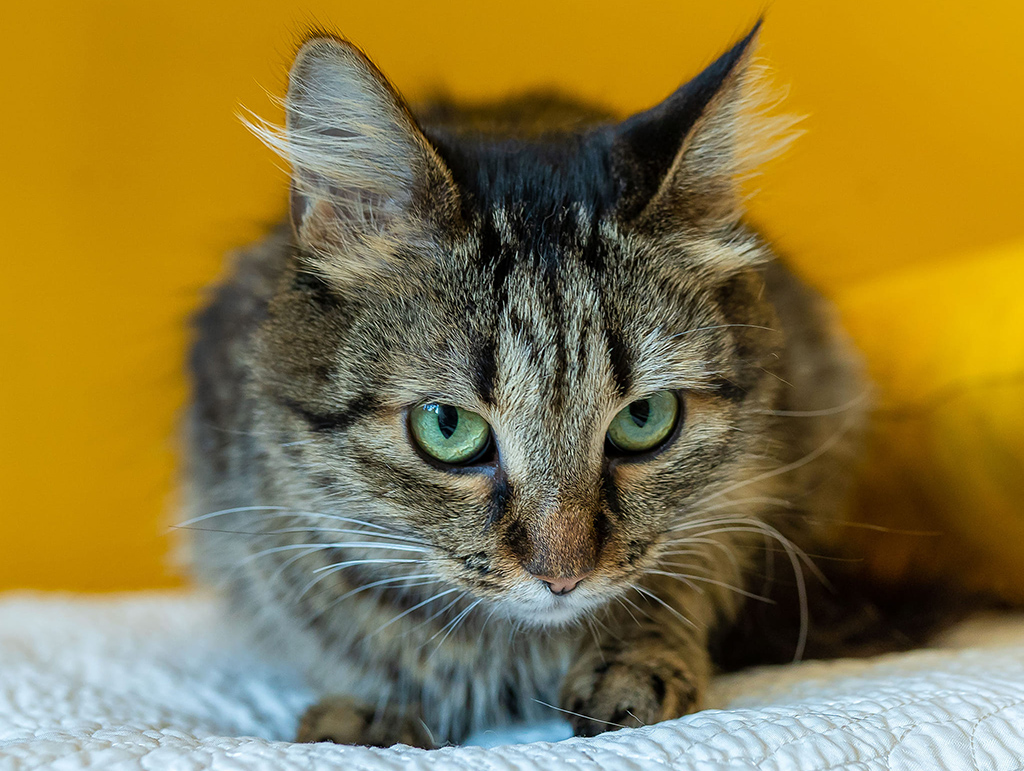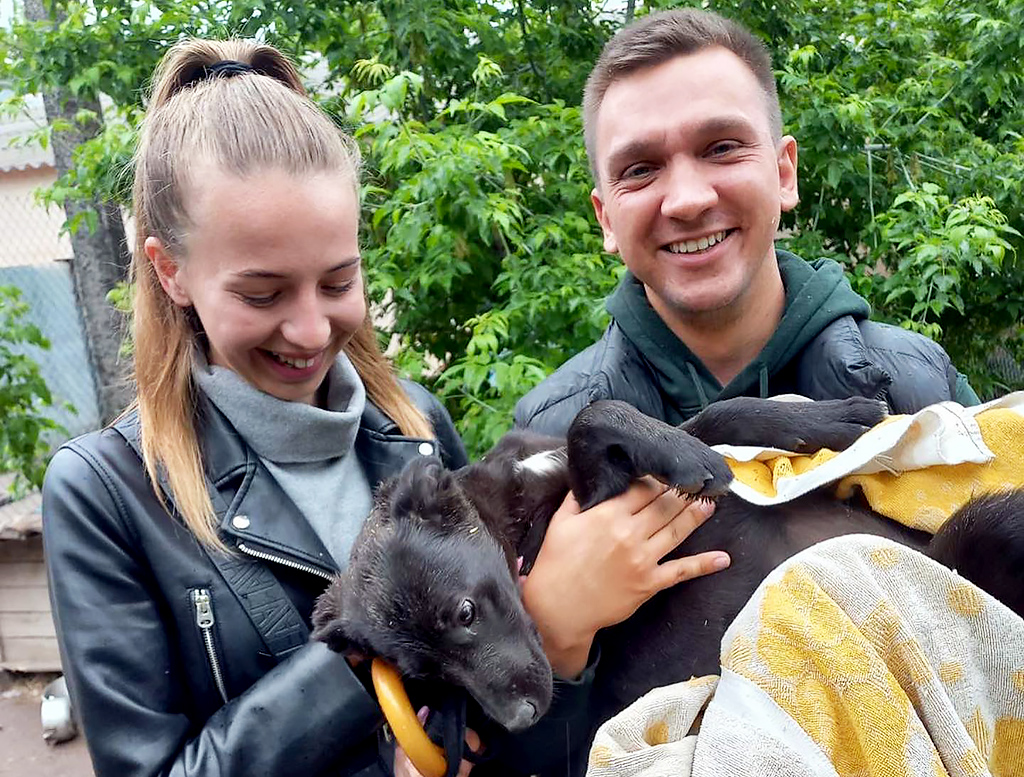russia’s brutal war in Ukraine has been going on for more than a year now, claiming thousands of peaceful lives and destroying everything in its path. As a result of military actions and constant bombing by Russian troops, valuable natural areas are being destroyed, and a large number of animals are dying in zoos, reserves or abandoned houses. Conditions for proper maitenance of animals both in the wild and in specialized places are being deteriorated significantly. Bombing and stress are killing animals in occupied zoos. Some of them have to be put to death if it is not possible to transport them to safe regions.
1+1 media and Rewilding Ukraine call on relevant international organizations and compassionate citizens to unite to help preserve the natural territories and lives of innocent animals in Ukraine. You can provide humanitarian assistance to natural areas, shelters and temporarily displaced domestic and wild animals under occupation, as well as help rebuild institutions that suffered from the war in Ukraine. Different organizations need very different help: from food, medicine, necessary equipment for the care and treatment of animals, to technical and financial support.
Get acquainted with the needs of protected areas, zoos, animal protection organizations. Maybe you can help them. The page is constantly updated with new organizations joining the campaign.
Let’s save the nature and animals of Ukraine together!

















